Social Investment Landscape
Vietnam
Summary
Executive Summary
Vietnam’s transition from a centrally planned to market economy has resulted in phenomenal economic growth in the last 30 years. The country’s GDP growth rate has hovered at around an impressive 6% since the 1990s, second only to China. Its growth trajectory for the next decade is boosted by a young and educated workforce with a median age of 30 years, a growing share of which is trained overseas.
While economic growth has lifted millions of people out of poverty, the country is still grappling with multiple development challenges, especially malnutrition, health care and climate change. The prevalence of stunting among children under 5 years old is 36%, significantly higher than the Southeast Asian average of 26%. HIV/AIDS, tuberculosis and malaria remain significant concerns. Vietnam is also one of the countries most at-risk environmentally with high vulnerability to sea level rise and resultant health risks.
The Vietnamese social economy is still in the early stage, driven largely by impact investors and intermediaries. While institutional philanthropy has not permeated the country, Vietnam has become one of the most dynamic impact investing hubs in Southeast Asia with a diverse range of both international and local funds. Meanwhile, multinational and large local corporations lead in strategic corporate social responsibility (CSR) and the government has embarked on mainstreaming green finance.
Vietnam’s Fact File
Vietnam’s 2018 Fact File
116 64 in 2016
World Giving Index Rank
Dashboard
SDG Dashboard
- Poverty reduction of an average 1.5% per annum,
- 65-70% of the workforce being educated,
- Urban unemployment rate of below 4%,
- Over 80% health insurance coverage, and
- 9-10 doctors and a minimum of 26.5 hospital beds per 1,000 people.
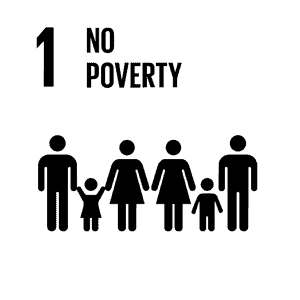
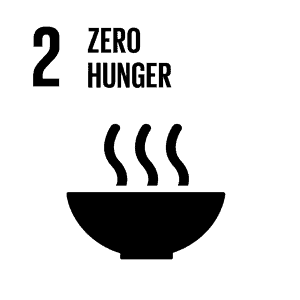
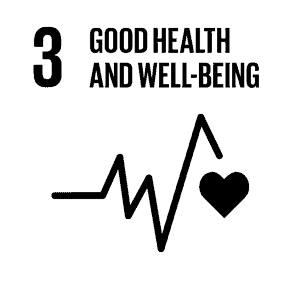
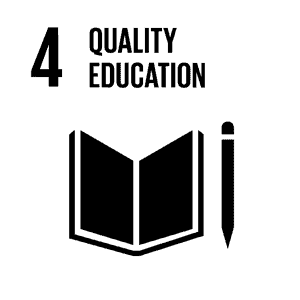




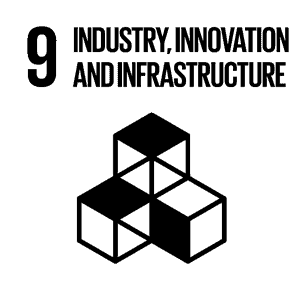

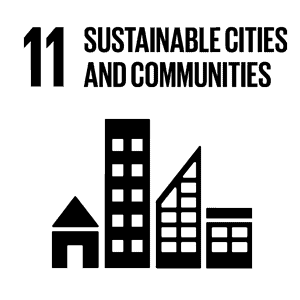
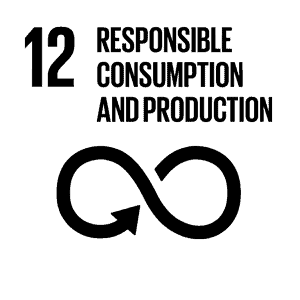
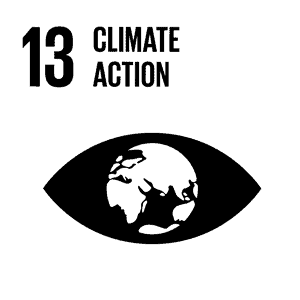

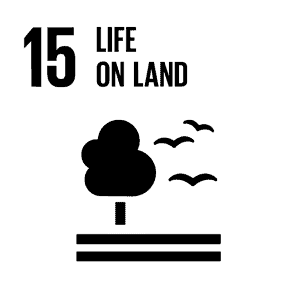


Source: sdgindex.org (2018)
Note: The “traffic light” colour scheme (green,yellow, orange, red) illustrates how far a market is from achieving a particular goal
Government Initiatives
Government Initiatives to Address Development Gaps
Agriculture
SDG Goals



Gap
- 40% of the total labour force is employed in agricultural activities but the sector contributed only 15% of GDP in 2017, indicating low productivity.
Government Initiatives
- The government’s agricultural restructuring plan for the 2017-2020 period aims to train 22% of agricultural workers and increase labour productivity by 3.5% per annum.
- The country is shifting to crops that are highly adaptive to climate change and also seeks to foster agricultural research and development.
Climate action
SDG Goals



Gap
- Vietnam ranked 25th in the 2018 World Risk Index, placing it in the very high-risk category. The country is highly prone to rises in sea level and floods have been one of the major causes of economic losses.
Government Initiatives
- The National Green Growth Strategy 2011-2020 aims to reduce annual greenhouse gas emissions by at least 1.5-2% by 2030 and increase the share of green technology to 42-45% of GDP by 2020.
Education and employability
SDG Goals


Gap
- Labour productivity was one-fifth that of Malaysia and two-fifths that of Thailand in 2016.
- Only 24% of the labour force had technical qualifications in 2017.
Government Initiatives
- The 2016-2020 national plan outlines strategies to increase the percentage of trained labour force to 65-70%.
Energy access
SDG Goals

Gap
- Vietnam has transformed from an energy exporter to an energy importer due to a rapid increase in domestic energy demand.
- Coal accounts for a growing share of energy supply, undercutting the country’s green growth efforts.
Government Initiatives
- The Renewable Energy Development Strategy seeks to increase the share of renewable energy (including hydropower, solar and wind power and biomass energy) in total electricity production to 32% in 2030 and 43% in 2050.
Health care
SDG Goals

Gap
- Health care quality in provincial hospitals is significantly lower than in national hospitals, which exacerbates overcrowding in the latter.
Government Initiatives
-
The Ministry of Health’s 5-year plan 2016-2020
focuses on:
- Achieving universal health coverage,
- Upgrading health care facilities and promoting transfer of knowledge and technologies,
- Improving the quality and allocation of human resources at the regional level.
Poverty alleviation
SDG Goals

Gap
- 2 million households remain below the national poverty line and another 1.3 million are vulnerable to falling back into poverty.
Government Initiatives
- The National Programme on Sustainable Poverty Reduction for 2016-2020 aims to reduce the poverty rate by an average of 1.5% annually and increase per capita income of poor households by 1.5 times.
SME development
SDG Goals


Gap
- SMEs account for 98% of all enterprises and 62% of total employment but only 45% of Vietnam’s GDP.
- Only about 30% of SMEs have access to bank loans.
Government Initiatives
- The Ministry of Planning and Investment set up the USD 87 million SME Development Fund in 2016 to provide preferential loans to SMEs. As of 2018, the Fund had disbursed about USD 6 million to 19 enterprises.
- The 2018 Law on Supporting SMEs outlines a range of support for SMEs including credit guarantees, technical assistance, preferential taxes and reduced land rent.
Water and sanitation
SDG Goals

Gap
- 90% of rural households and 39% of urban households do not have access to piped water and have to carry water home.
- 23% of the poor and 28% of the ethnic minority population lack access to sanitation facilities.
Government Initiatives
- The government is implementing various projects to build and improve water and sanitation infrastructure in urban and rural areas in partnership with World Bank, ADB and multiple bilateral development agencies.
Social Economy
The Vietnamese social economy is in the early stage, driven largely by impact funds and intermediaries
Factor
Presence, size, and maturity of SEs
Rating
◑
Description
- The number of non-profit organisations in Vietnam is estimated at about 1,000, in addition to approximately 19,000 cooperatives and 6,900 associations that promote social development.
- There are about 80 legally registered SEs but the actual number is estimated at 1,000. Another 20,000 SMEs focus on solving social or environmental problems. The majority of SEs are in early to growth stages with an average age of 7-8 years.
Factor
Rating
◕
Description
- Vietnamese SEs are present in a wide range of sectors including: agriculture, education and skill training, energy, non-farm livelihood, business consultancy, handicrafts, health care, food and nutrition, tourism, ICT, etc.
Factor
Philanthropic contributions
Rating
◔
Description
- Institutional giving has yet to take root although interest is rising among Vietnamese HNWIs.
Factor
Rating
◑
Description
- In addition to international impact investors increasingly growing their footprint in Vietnam, the country is one of the few emerging social economies to have a remarkable presence of homegrown impact funds.
- Gender lens investing has gained remarkable traction since 2017.
Factor
Rating
◑
Description
- Strategic CSR is mostly practised by multinational and large local corporations.
Factor
Policy environment
Rating
◑
Description
- Vietnam is the first Southeast Asian country that legally recognises SEs. Social enterprise policies are nested under the start-up legal framework.
- Legal procedures for setting up any SPO, including SEs, may take up to 18 months.
Factor
Incubators, accelerators, and capacity-builders
Rating
◑
Description
- Local intermediaries including CSIP and Spark Centre for Social Entrepreneurship Development are early pioneers of social entrepreneurship. Other notable capacity builders are: CSIE, the LIN Centre for Community Development, HATCH! Ventures, Habataku and UNDP Vietnam.
Factor
Networks and platforms
Rating
◑
Description
- AVPN, British Council, VCSBD, the LIN Centre for Community Development and WISE are notable multi-sectoral networks and platforms present in Vietnam.
Factor
Knowledge and research
Rating
◑
Description
- The Central Institute for Economic Management (CIEM), CSIP and CSIE published multiple mapping and landscape studies from 2011 to 2018 in partnership with British Council and UNDP.
Factor
Partnerships
Rating
◑
Description
- VCBSD, the LIN Centre for Community Development, CSIP, CSIE and WISE facilitate multi-sectoral collaborations.
- Examples of cross-border partnerships include: CSIP with Oxfam’s Inclusive Impact Investments, CSIP and HATCH! Ventures with Crevisse Partners and MYSC, Lotus Impact with Villgro and USAID and Evergreen Labs with Dr Noah.
















